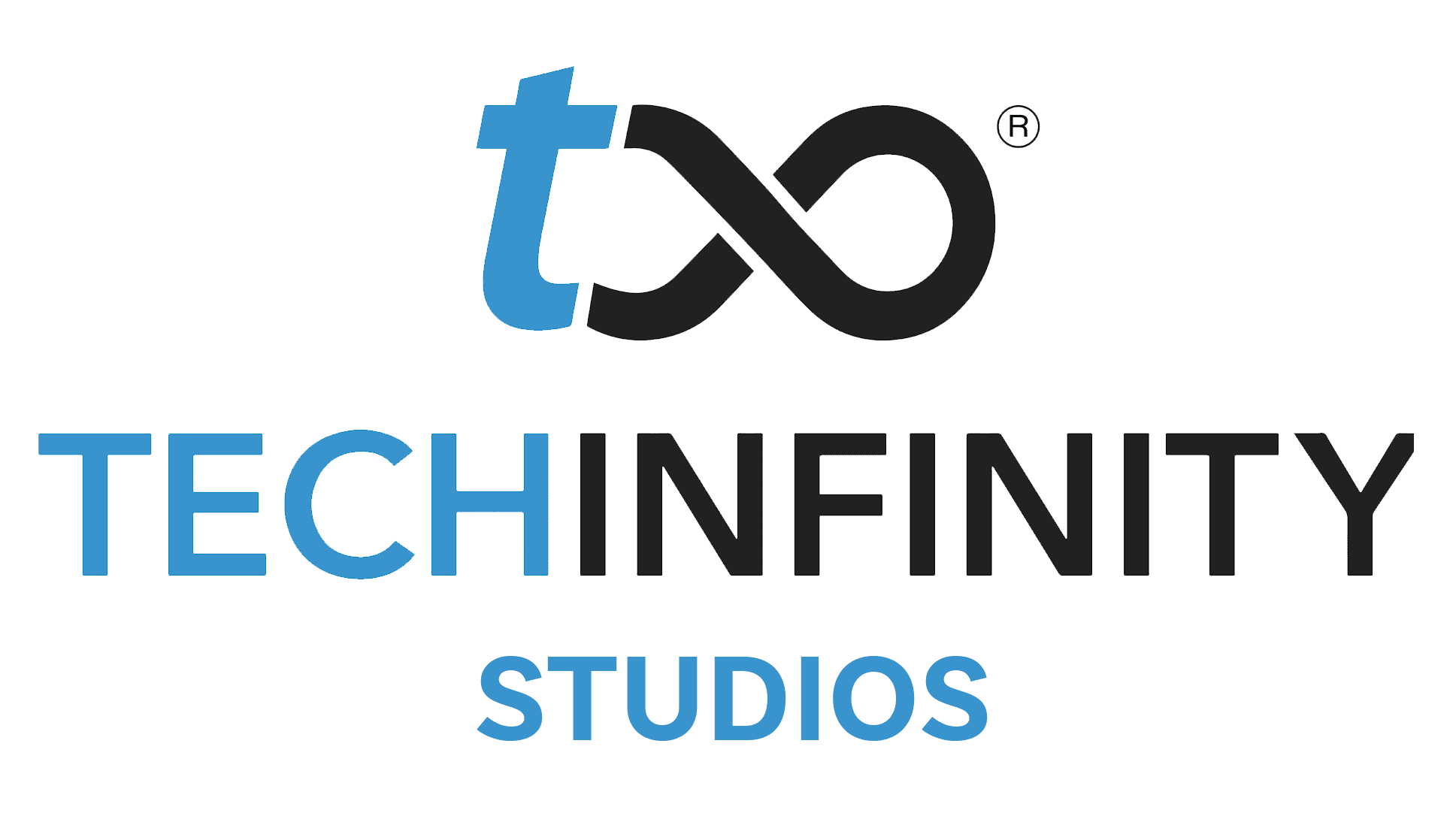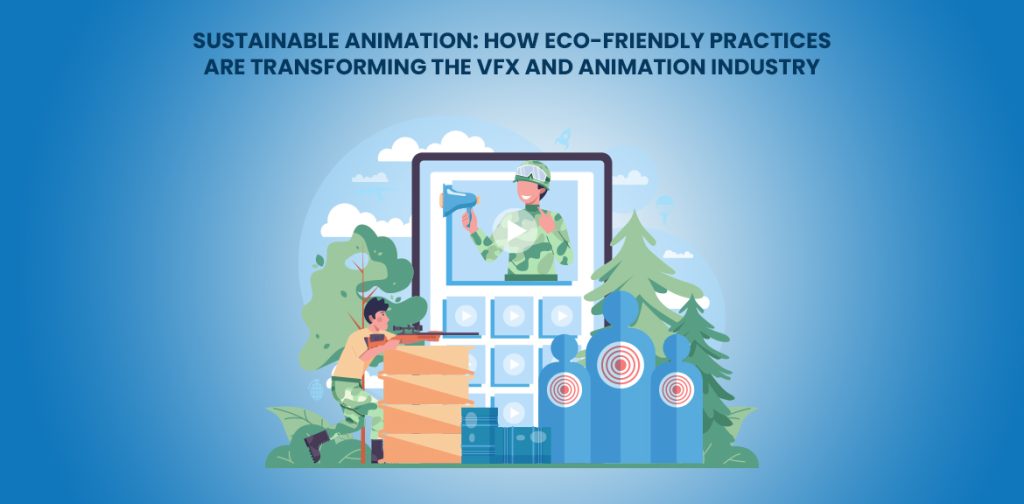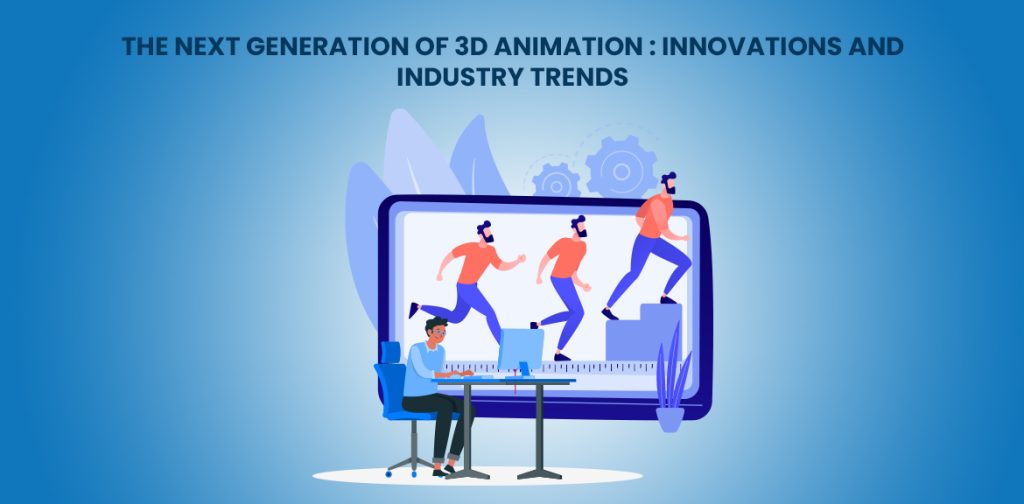3D animation is no longer confined to the realms of entertainment or e-learning. In today’s rapidly shifting digital market, it has become a cornerstone of innovative product marketing strategies and brand storytelling. Brands of all sizes—from emerging e-commerce start-ups to global giants—are harnessing the versatility of 3D animation to captivate audiences, simplify complex product features, and ultimately foster deeper consumer connections.
Let’s explore how 3D animation is transforming product marketing, driving engagement, and elevating brand value in the digital age.

Why 3D Animation Works for Product Marketing
Consumers are bombarded with information daily, and traditional marketing tools often struggle to cut through the noise. 3D animation, however, offers a vivid and memorable way to showcase products—breathing virtual life into designs, mechanisms, and benefits that might otherwise remain abstract or unnoticed.
Visual storytelling is more than just aesthetic: the human brain processes visuals substantially faster than text, and animated content can trigger emotional responses, foster understanding, and create powerful brand recall. Through animation, brands can highlight unique selling points, demonstrate functionality, and narrate product journeys in a way that static imagery simply cannot rival.
Key Benefits: How 3D Animation Elevates Brands
1. Simplifying Complex Concepts
Modern products often feature sophisticated technology or intricate mechanisms. 3D animation can break down these complexities, allowing consumers to visualise product internals, assembly instructions, or unique features with clarity. This not only builds trust but also encourages informed purchasing decisions.
2. Showcasing Products Dynamically
Unlike static images or even traditional video, 3D animation enables full product rotations, exploded views, cross-sections, and even interactive elements. Shoppers can explore every angle and detail, which is especially effective in industries like automotive, electronics, luxury goods, and home décor.
3. Bridging Physical and Digital Experiences
Hybrid animation studios are revolutionising how brands communicate by combining photorealistic renders with live-action footage or augmented reality overlays. This makes online shopping feel tangible, bringing digital catalogues to life and reducing the gap between physical and virtual retail.
4. Strengthening Brand Identity
3D animation empowers brands to develop a distinctive visual language—incorporating unique motion styles, on-brand colour palettes, and custom character or mascot animations. Consistently applied across platforms, these assets become synonymous with the brand itself.
5. Boosting Engagement and Retention
Animated content consistently outperforms static promotions on social media, brand websites, and digital ads. Interactive 3D animations, product visualisations, and immersive micro-experiences catch the eye, encourage exploration, and extend the time consumers spend engaging with your product.
Practical Applications: Where 3D Animation Excels in Product Branding
- Launch Campaigns: Animated teasers reveal key product features, building anticipation before launch.
- Product Demos: 3D animations provide clear, step-by-step visual instructions that reduce post-purchase confusion and support customer satisfaction.
- Social Media Content: Short, striking animations are readily shared, widening organic reach.
- E-Commerce Experience: Interactive product models that users can zoom, rotate, and customise, simulating real-world handling.
- Trade Shows and Presentations: Animated assets create memorable first impressions and communicate technical information to non-experts.

The Future of 3D Animation In Brand Storytelling
As digital platforms evolve, so too does the potential of 3D animation for brands. Real-time rendering and virtual reality will soon make it possible for customers to interact with products in simulated environments, while AI-driven content personalises animations according to individual consumer profiles or preferences.
The integration of 3D animation into omnichannel marketing strategies also means consistent, high-quality brand representation from web to mobile, in-store displays to out-of-home advertising. This holistic approach not only reinforces branding but ensures accessibility for a global and diverse customer base.
Key Considerations for Marketers and Designers
While 3D animation offers unrivalled marketing advantages, careful planning is essential. Overly complex or gratuitous effects can distract from the core brand message—clarity and purpose remain paramount. Each animation should be carefully aligned with the brand voice, campaign objectives, and audience preferences. Accessibility and inclusivity should be embedded in the creative process to ensure all consumers can fully engage with animated assets.
Conclusion
3D animation is revolutionising product marketing and building richer, more engaging brand experiences. By translating technical details and creative vision into captivating narratives and visuals, brands can stand out in crowded markets, foster emotional connections, and drive long-term loyalty.
As technology advances, 3D animation will remain an invaluable partner in brand storytelling—empowering businesses to connect, inspire, and convert audiences in an ever more immersive digital world.


